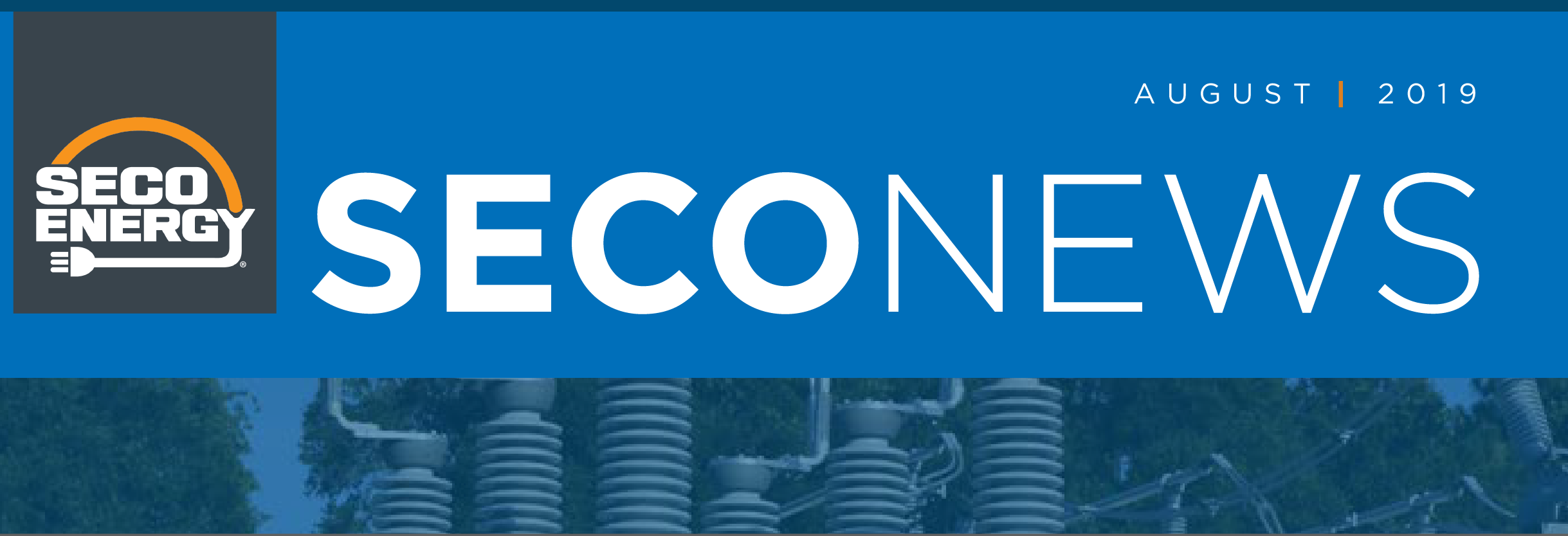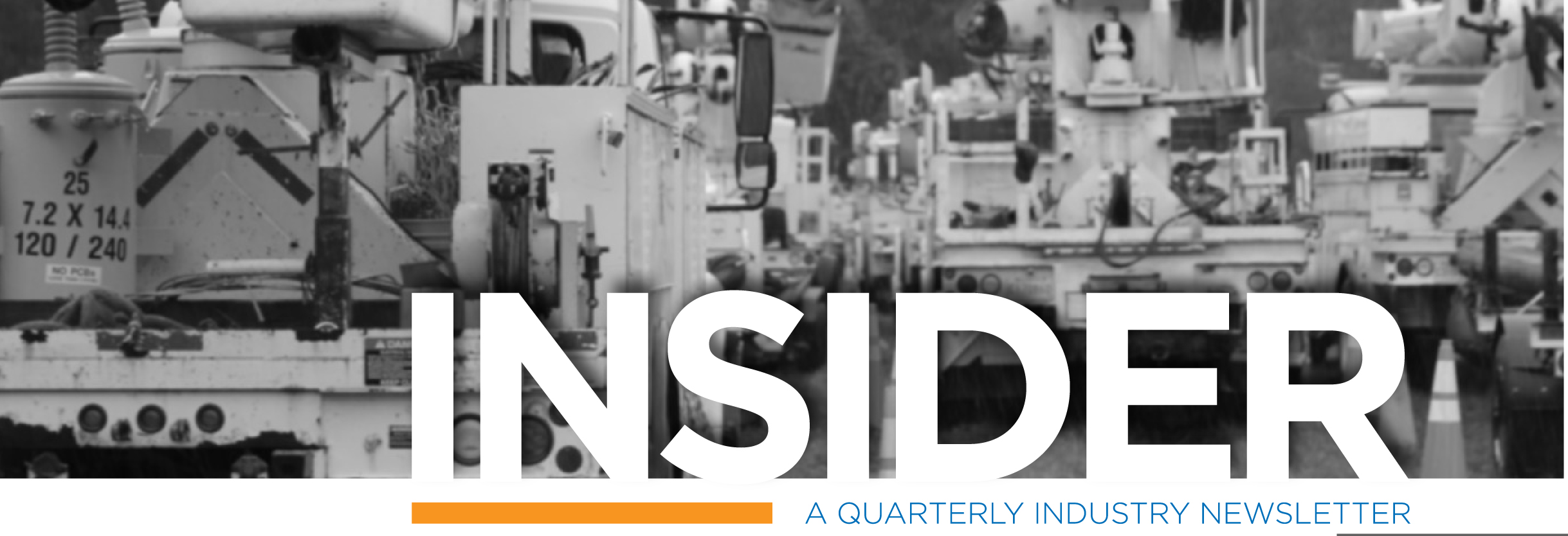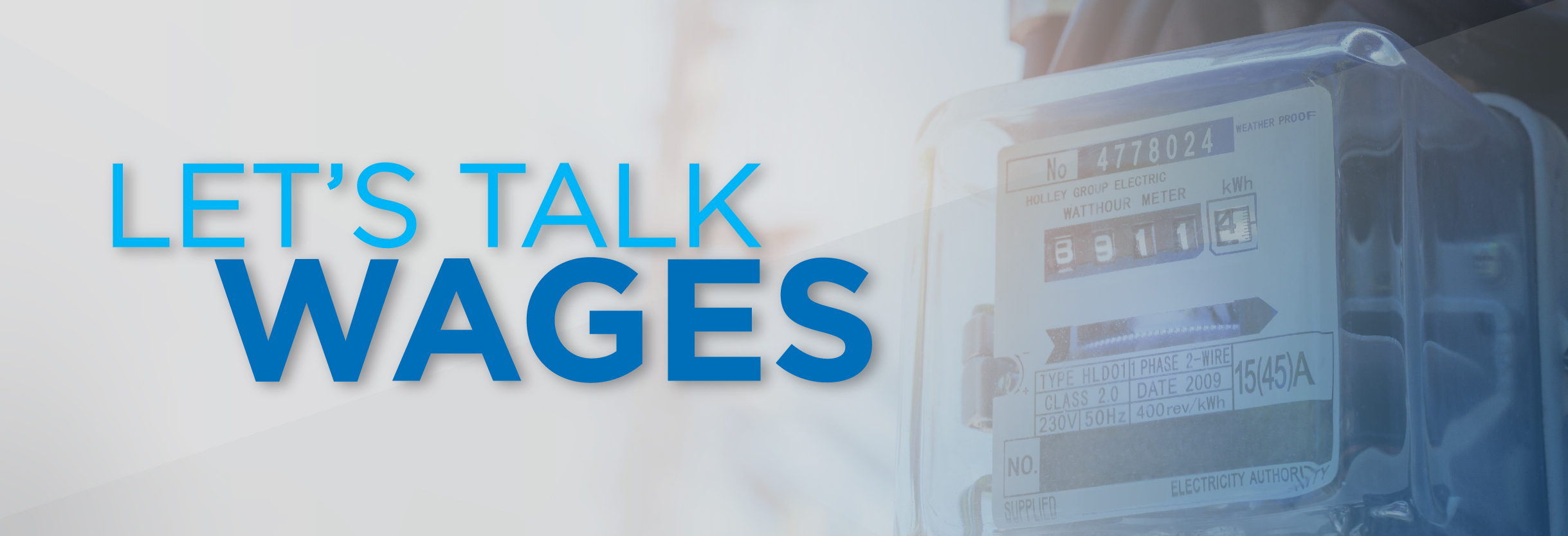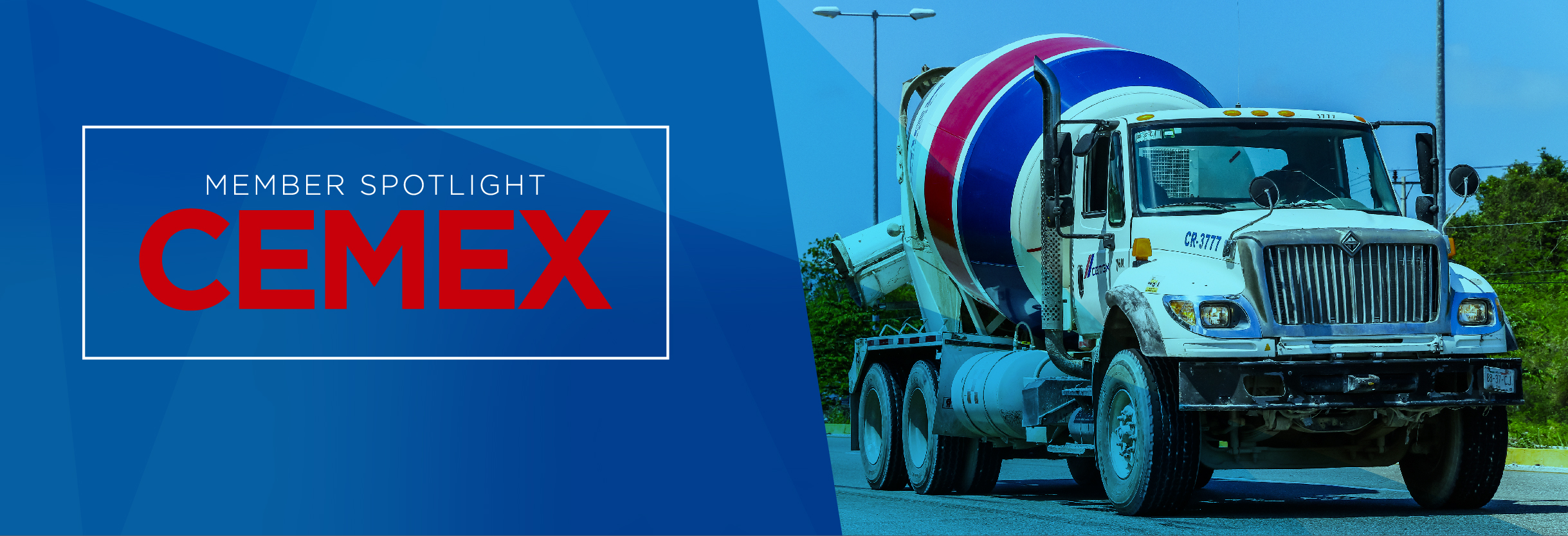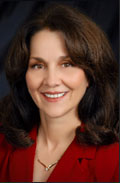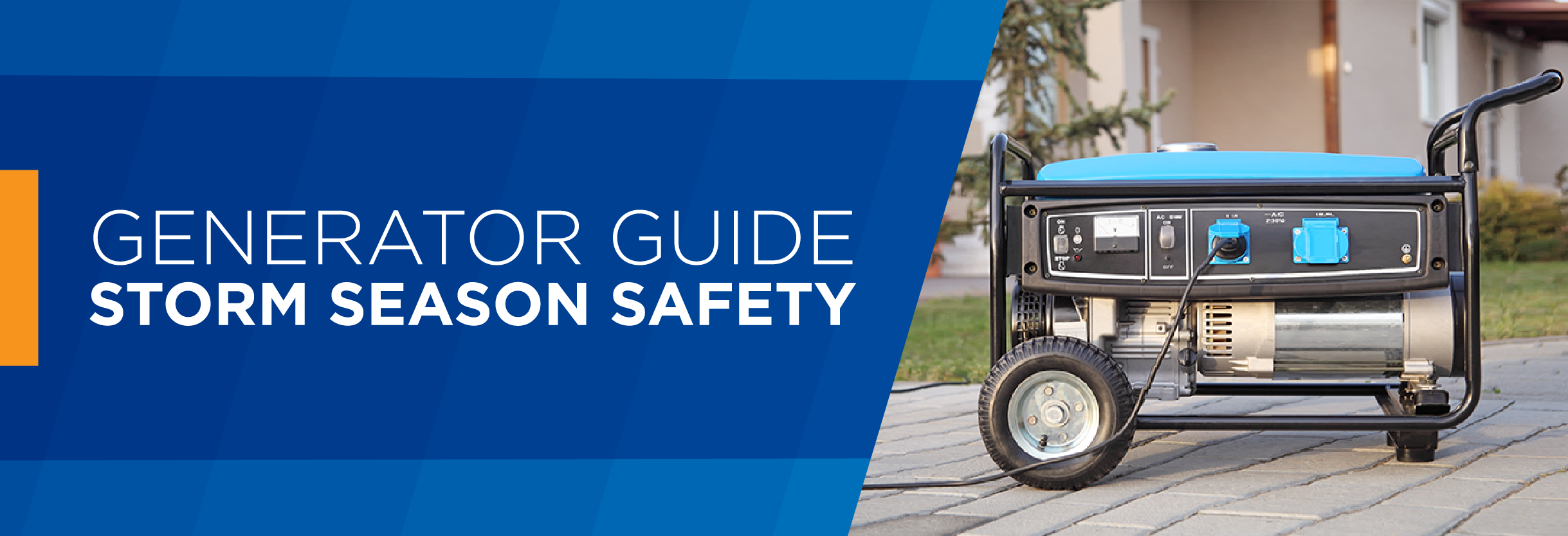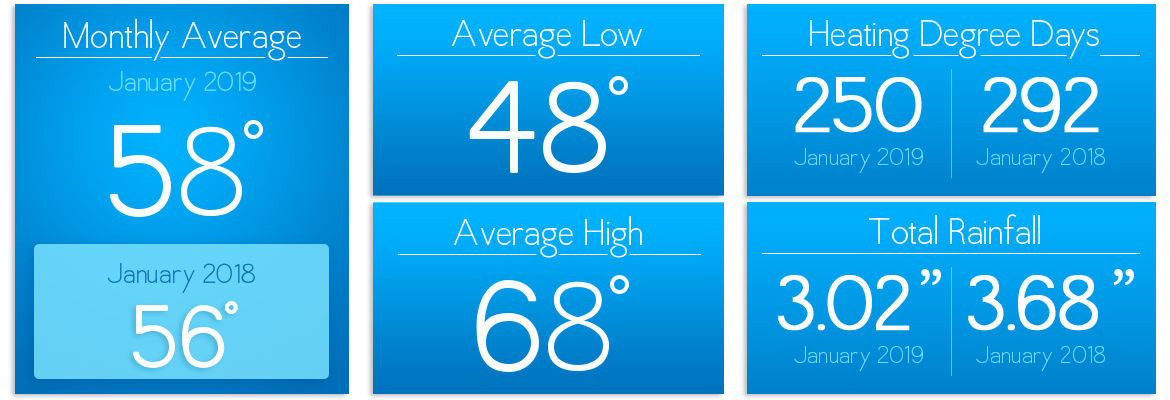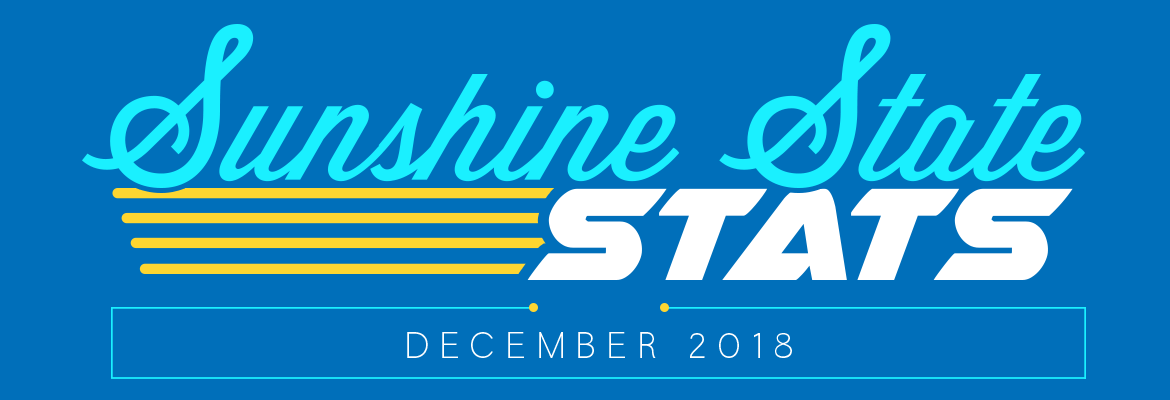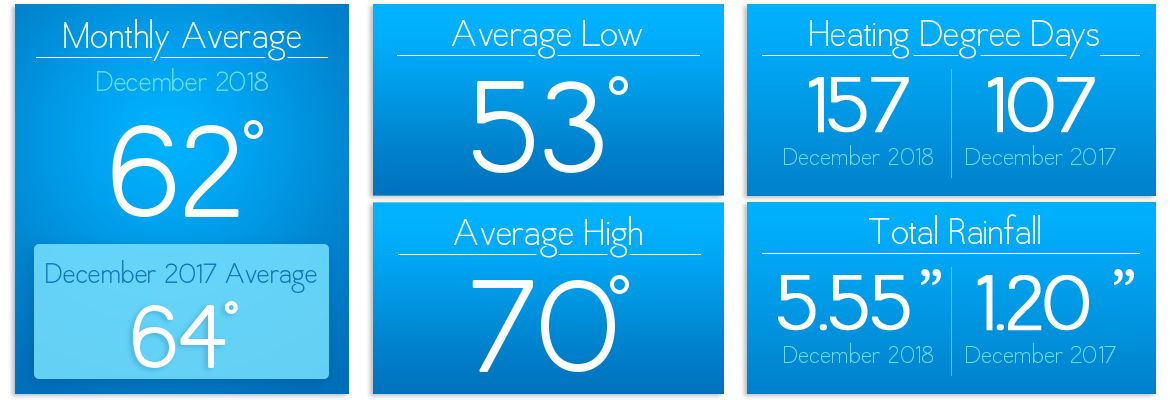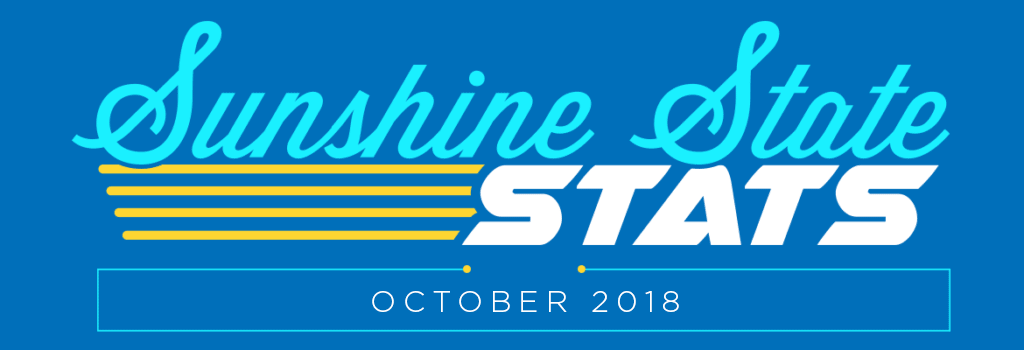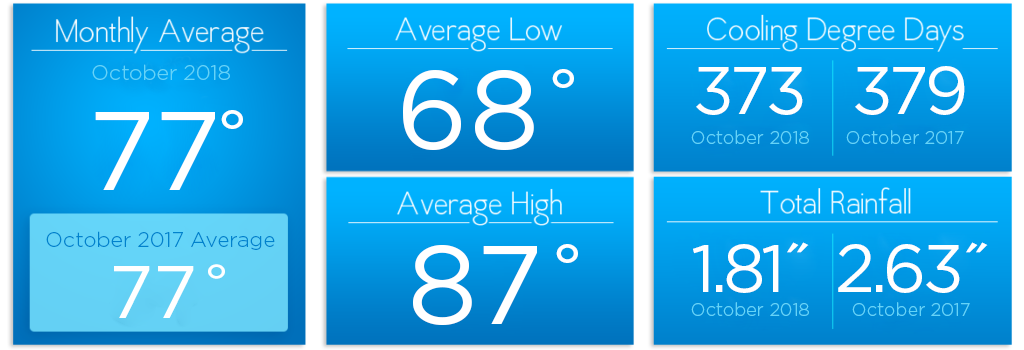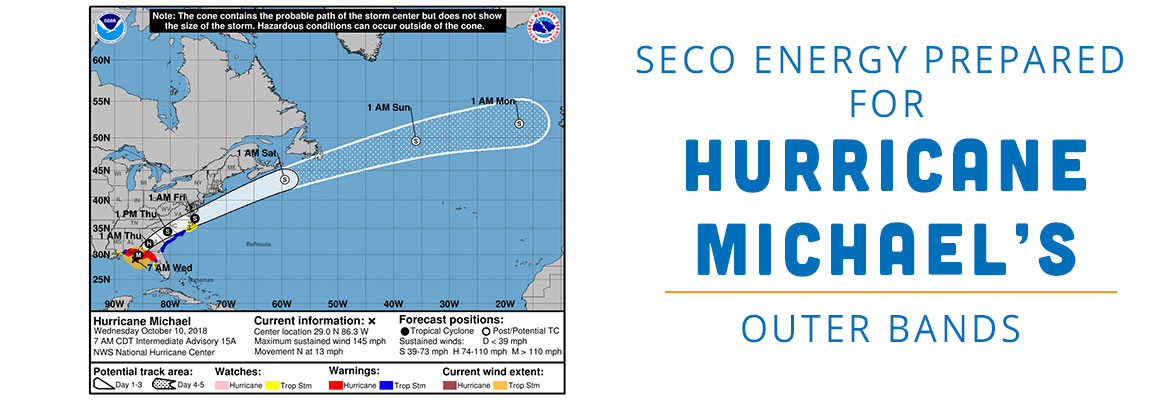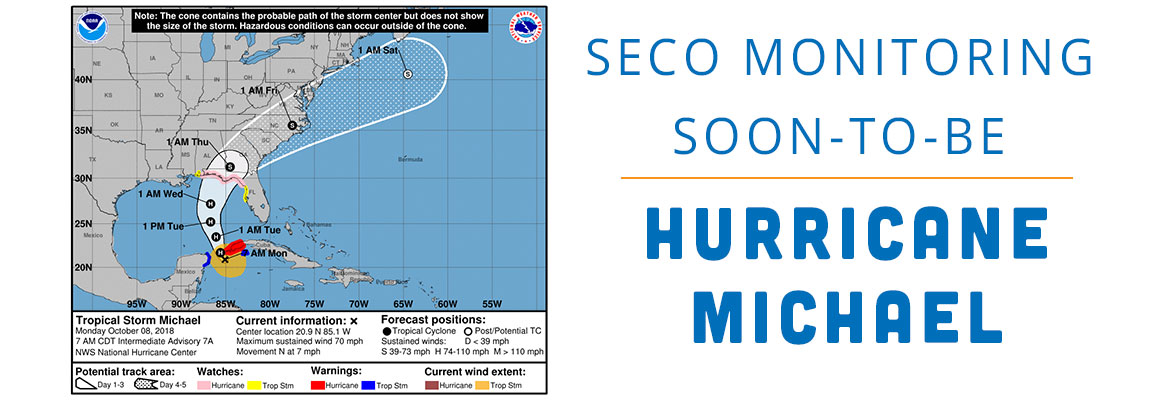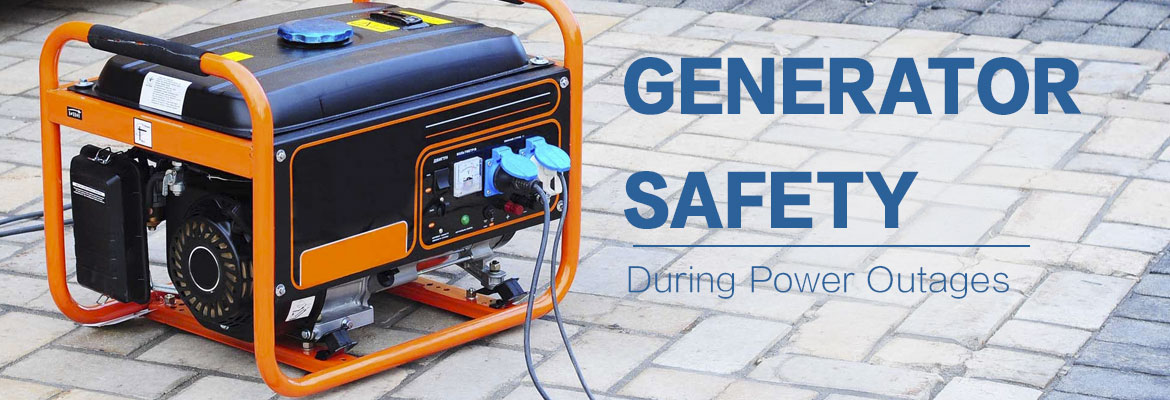SECO News, August 2019
DUNCAN’S DIGEST
DO I HAVE YOUR PHONE NUMBER? In early July, the Colorado State University (CSU) Tropical Meteorology Project updated its 2019 Atlantic hurricane season forecast. CSU predicts six major hurricanes will develop before the end of the season. A major hurricane is categorized as a CAT 3, 4 or 5.
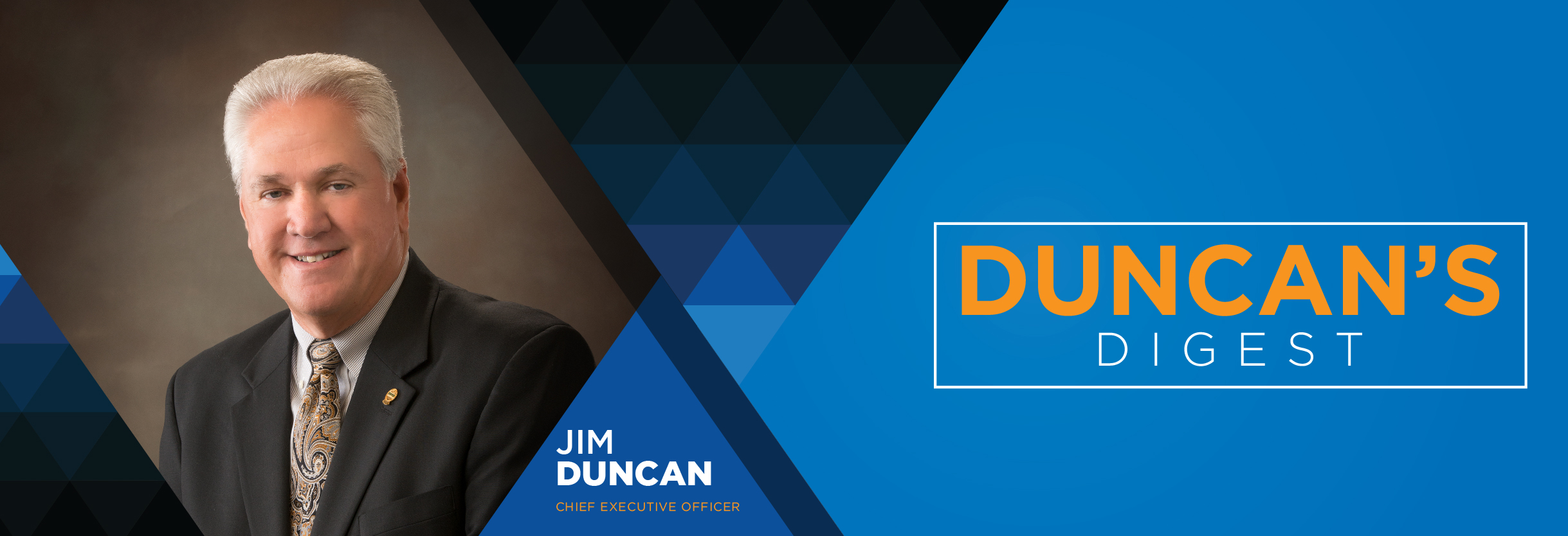
Peak hurricane season is typically in September. Are you ready? Does SECO have the ability to contact you? Have you updated your seldom-used landline number to your cell phone number if you use it primarily? If you call us during peak volume and the phone number doesn’t match an account, your service options may be limited.
How do you update or verify your contact information for account/billing purposes? The easiest way is to visit our homepage and log into SmartHub. Choose “My Profile” then “Update My Billing Address & Contact Information.” Make any necessary changes and choose “Save.” Or, you can email Customer Service. Include name, account number, service address, the last four of the member’s SSN and the updated contact information. You can also call us at (352) 793-3801 or contact us through Facebook private message or Twitter direct message.
Our StormCenter and outage notifications system houses separate contact information that conducts outbound, proactive communications and must be updated as well. Did you know StormCenter will send you an email, or voice message when an outage is detected at your service address? StormCenter will also notify you when the outage is restored as well as cause.
Members have expressed appreciation for the enhanced communications when we are working in your area. Using the StormCenter communications system, SECO notifies you of pre-planned outages, upgrades, tree trimming and system improvement projects scheduled to occur in your neighborhood.
To check your communications preferences, gather a recent bill to find your account number and zip code – you will need both. Then visit SECO Energy and choose StormCenter on the top menu. On the StormCenter page, select “Manage Notifications,” input your account number and zip code or the phone number on file and zip code associated with the account.
Determine your preferred notification whether its email, text or voice message or a combination, add the phone number or contact email. Set “do not disturb” times during the hours you don’t want to be notified. Select notifications for each account if you have multiple accounts.
As an incentive, view or update your contact information on both SmartHub and StormCenter and be entered twice into a drawing to win a $300 bill credit. If you don’t have online access, just call us or note your primary phone number on your payment coupon when paying your bill.
Good luck! The timeframe for the $300 SECO bill credit drawing runs to September 15. We’ll draw a winner on September 16. Stay in touch with SECO and update your contact information today.
Sincerely,
Jim Duncan
Chief Executive Officer

Paying your bill has never been easier! Whether it’s online, by phone or in person, SECO Energy offers 12 convenient ways to pay – most without convenience fees.
PAY ONLINE AT SMARTHUB – View and pay your bill, sign up for bank draft, enroll in eBill and compare energy usage by month or year.
PAY BY BANK DRAFT – Simplify your life – draft your monthly bill amount from a bank account of your choice. Register for bank draft with SmartHub.
PAY IN PERSON – Member Service Centers are located in Eustis, Groveland, Sumterville, Ocala and Inverness with walk-in and drive-thru facilities.
PAY AT A KIOSK – Available 24 hours a day, seven days a week at all Member Service Centers. Kiosks accept cash and most credit cards.
PAY BY PHONE – 1-855-938-3432, 24 hours a day, seven days a week. Pay by Visa, MasterCard, Discover, AMEX, debit card or electronic check.
PAY NOW – Pay instantly with just your account number and form of payment through SmartHub – no registration required.
PAY BY MAIL – SECO Energy (Dept # 3035), PO Box 850001, Orlando, FL 32885-3035
MYWAY PREPAY – Pay for energy before you use it with MyWay PrePay. View daily usage and receive phone or text notifications.
FIDELITY EXPRESS – Locations accept cash, check or money orders. $1.50 processing fee. Not recommended for MyWay PrePay members.
MONEYGRAM – Available at many convenient retail locations. MoneyGram is available for MyWay PrePay enrolled members. $1.50 processing fee.
WESTERN UNION – In-person payments received in real time. Convenience fee is $1.50. Maximum amount per transaction is $1,000.
BUDGET BILLING – Levels out bills by averaging most recent 12 months usage. Debit/credit balances accumulate based on seasonal usage.
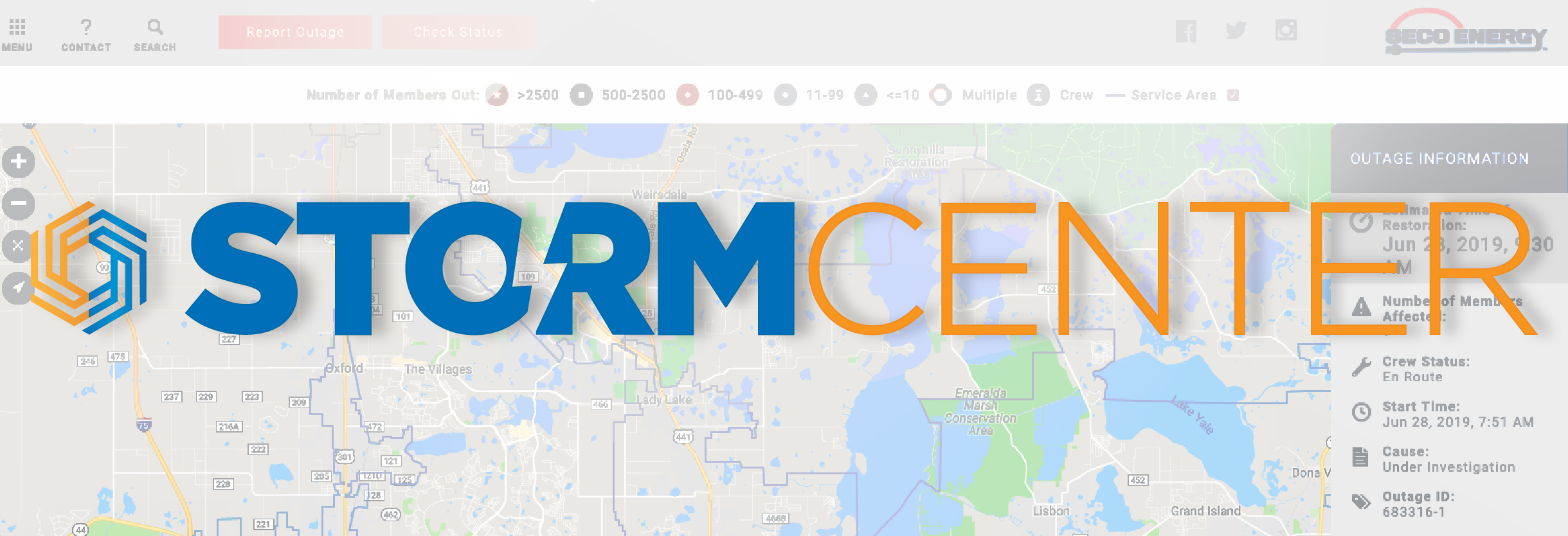
StormCenter is available on your smartphone or tablet 24 hours a day, seven days a week. Bookmark your address on the outage map, view the weather radar, find crew status, outage cause and estimated restoration time. Report a new outage, check the status of an existing outage, manage your communication preferences (email, text or voice message), report an area light outage or contact us.

MARK BOWLING – T&D LINE SUPERVISOR/ACTING DISTRIBUTION SUPERINTENDENT
LENGTH OF SERVICE – 30 YEARS
“WE LOVE OUR PEOPLE.” SECO Champion Mark Bowling is a T&D Line Supervisor who is currently serving on a rotational assignment as a Distribution Superintendent in the Groveland office. In his Supervisor role, Mark oversees the field crews that respond to outages, construct line and complete work requests in south Lake County. Mark’s family members are life-long residents of Lake County, and he is proud that his children attend the same schools he did growing up. The family enjoys football and baseball games and his children play school sports. Living in Lake County, Mark’s restoration work after the deadly 2007 Groundhog Day tornadoes was especially emotional. He remembers consoling SECO members whose homes were blown away by the destructive tornadoes. Mark describes his crew as “a good group of guys who are dedicated to SECO Energy, the community and safety.”

CALLING ALL CREATIVE KIDDOS – Enter the SECO Energy Kids’ Calendar Coloring Contest. We are looking for 13 creative, colorful drawings depicting Electrical Safety or Energy Efficiency in a fun way to publish in our 2020 SECO Energy Calendar! The 13 chosen artists will have their artwork, photo and name published in next year’s calendar. Even better, the winners will each receive a $100 prize. The artwork submission form is available online look for Calendar Coloring Contest on our Contact Us page. Print the submission form and include it with the artwork. Mail submissions to: SECO Energy P.O. Box 301 Sumterville, FL 33585-0301 or drop it off at one of our five Member Service Centers.
Need Electrical Safety or Energy Efficiency ideas? Visit our website to find tips.
To be eligible, the child must be between the ages of 5 and 12 and live in a home served by SECO Energy. Artwork submissions must be received by September 30, 2019.
Read the full August 2019 SECO News online.



